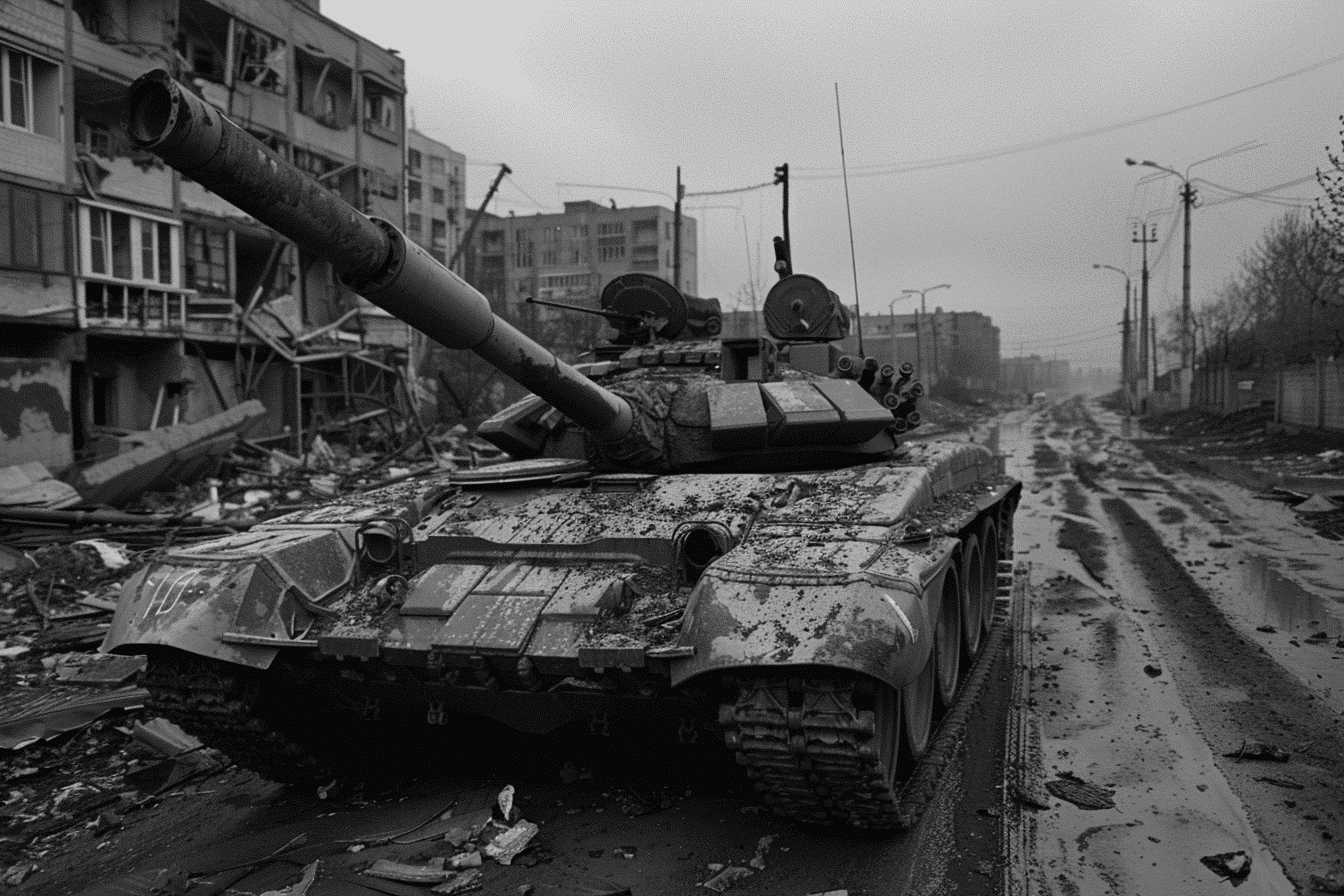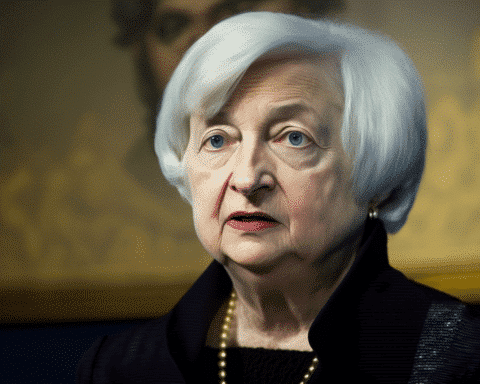The Ukrainian northeastern region of Kharkiv has become the focal point of intensified military engagements as Russian forces attempt to penetrate its defenses. This development comes amid a broader tactical shift in Moscow’s approach to the ongoing conflict, with Ukraine bolstering its positions with reinforcements to counter the assault. Kharkiv’s strategic significance and its proximity to the Russian border have made it a target for Moscow’s attempts to establish a buffer zone, escalating tensions and prompting significant civilian evacuations.
Strategic Shifts and Battlefield Developments
The Onslaught in Vovchansk
The city of Vovchansk, just a stone’s throw from the Russian border, endured a severe bombardment involving guided bombs, artillery, and mortars. Kharkiv’s regional governor, Oleh Syniehubov, reported that the attack resulted in civilian casualties and led to the evacuation of about 3,000 residents. An infantry assault followed this escalation, intended to break through the Ukrainian defenses, highlighting the intensity and proximity of the conflict.
Reinforcements and Resistance
In response to the early morning infantry attacks near Vovchansk, the Ukrainian Defense Ministry swiftly deployed reserve units to the area. Governor Syniehubov described the situation as ongoing active combat just kilometers from the border, underlining the critical defensive efforts by Ukrainian troops who continue to hold their ground amidst the assault.
Geopolitical Ramifications and Civilian Impact
Buffer Zone Ambitions
Russian military commentators have linked the assault on Kharkiv to President Vladimir Putin’s earlier declarations of establishing a buffer zone to secure Russian border regions from attacks. This military strategy aims at territorial control and seeks to manipulate the broader security landscape by potentially drawing Ukrainian forces away from other critical fronts.
Civilian Hardships and Strategic Disruptions
The relentless attacks have forced the evacuation of thousands of civilians, a move that strains local resources and disrupts lives. Additionally, the potential blockade of Kharkiv by Russian forces could sever crucial supply routes, further challenging Ukraine’s ability to sustain its defensive positions.
As the battle for Kharkiv intensifies, the ramifications extend beyond the immediate military engagements. The struggle has showcased Ukrainian forces’ resilience and strategic foresight and highlighted the broader geopolitical stakes involved in the conflict. President Volodymyr Zelenskyy’s acknowledgment of the fierce battles underway underscores the critical nature of this conflict phase, with both sides vying for strategic advantage as international support dynamics evolve. The outcome of this confrontation could dictate the future trajectory of the broader regional conflict.




